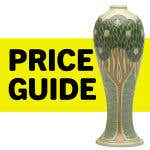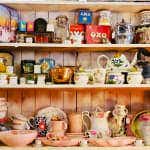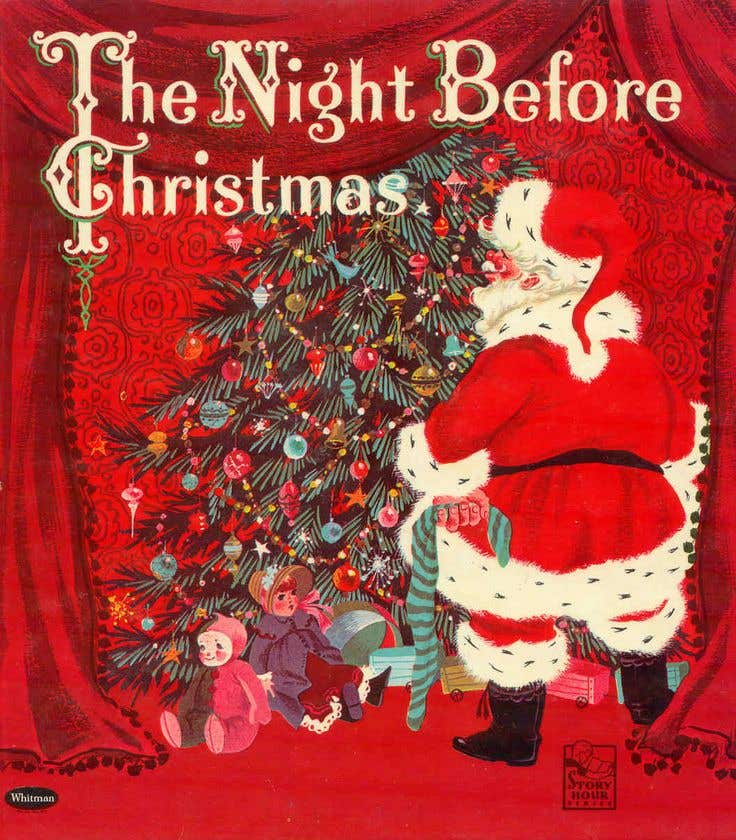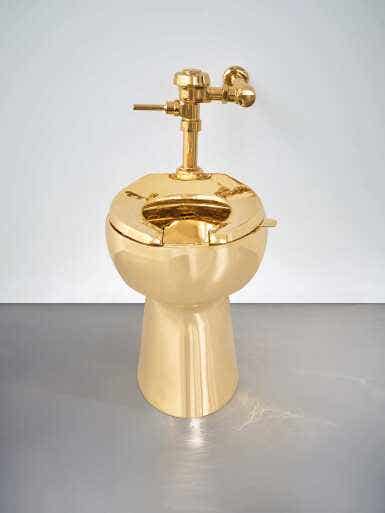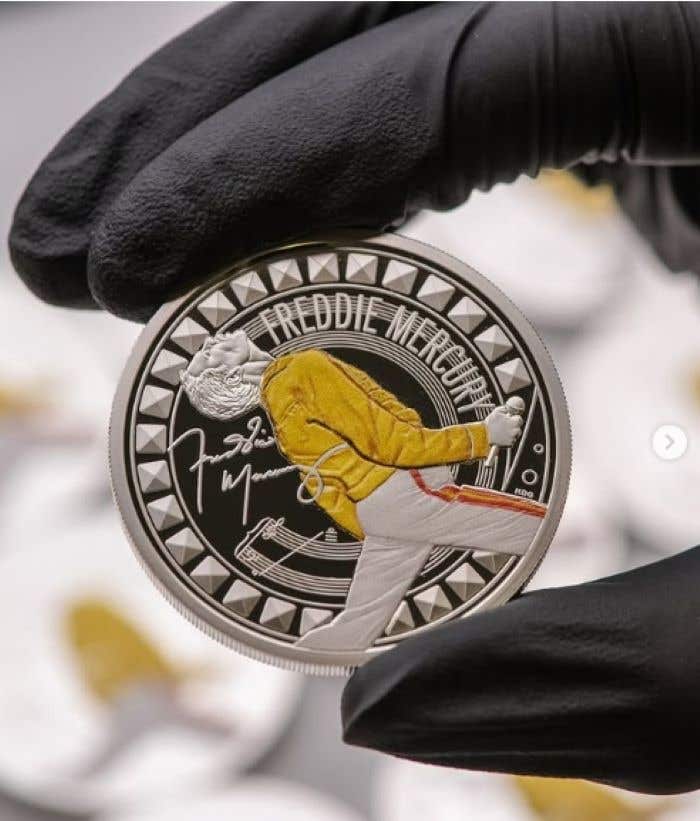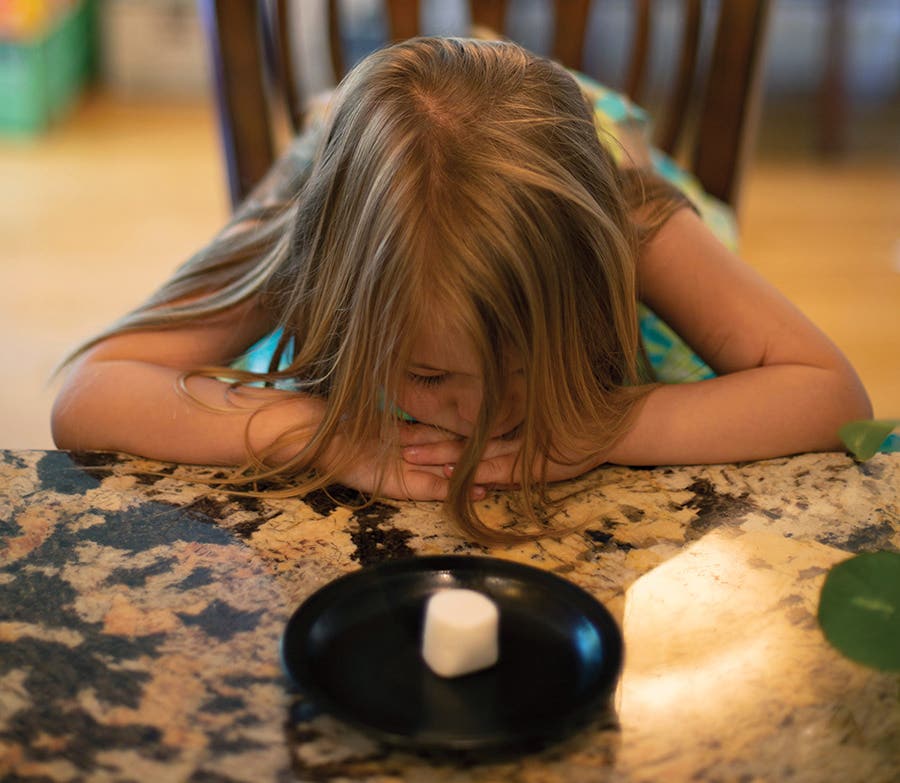Natural Beauty Shines at Adirondack Experience
Curator Laura Rice discusses the Adirondack Experience’s exhibition Natural Beauty: The Art of Rustic Furniture.
The Adirondacks, a mountainous region that spans across northeastern New York, is famously associated with the Adirondack chair, an outdoor piece of lawn furniture with a wide slatted back and low-slung seat. But as seen at the Adirondack Experience’s (ADKX) new exhibition, Natural Beauty: The Art of Rustic Furniture, the area is also home to a distinctive design movement that transforms the region’s natural resources into handcrafted furniture.
Antique Trader spoke with ADKX Chief Curator Laura Rice to explore the origin of this fascinating exhibition and to learn more about the pieces on display:
What inspired the exhibition?
Few things are considered more “Adirondack” than rustic architecture and furnishings, so we thought this was an appropriate topic for the inaugural exhibition in our new gallery. The ADKX also has the largest Adirondack rustic furniture collection, so we have a wealth of material on which to draw, and it’s popular with our audiences.
How did you select the pieces or artisans featured in the exhibition?
I looked for classic pieces by the most skilled Adirondack rustic makers of the 19th and early 20th centuries, as well as a few well-made or imaginative pieces by unknown makers. They cover a range of styles and material choices to give a sense of the variety of furnishings made during the early decades of this Adirondack handicraft. In particular, work by Ernest Stowe, George Wilson, and Joseph O.A. Bruyere exemplifies the height of Adirondack rustic design during this period. I also selected pieces from the best makers of the late 20th and 21st centuries, including Barney Bellinger, Paul Lakata, Jonathan Swartwout, and Tyler Schrader. Each of these makers is bringing their own distinctive design sense to this tradition, and creating pieces that are more contemporary in style.
What will visitors see? Are there interactive or educational elements included to help people connect with the work?
Visitors have a chance to see the best of Adirondack rustic, as well as manufactured rustic (from the Old Hickory and Dexter Chair Companies), and pieces from other parts of the U.S., Europe, and Asia. There are a number of interactives in the gallery. Rustic design incorporates a lot of different textures, so we’ve incorporated a tactile wall filled with different tree species’ bark, furniture hardware, pinecones, woods, and other materials used to make rustic furniture. Visitors can sit and draw their own designs to share with staff and visitors, or weave a chair seat, and explore a map of wood from around the world used to make the furnishings in the exhibit, from yellow birch (Adirondack Mountains) to huanghuali (a Chinese rosewood).
How does this exhibition challenge or expand traditional ideas of Adirondack furniture?
Adirondack rustic furniture making continues in some very traditional ways, most makers having served apprenticeships with more established artists before continuing on their own. It’s a tight-knit community, yet each maker creates in their own distinctive style. Some borrow from older styles, and although they use materials (roots, burls, tree limbs) found close at hand like their early predecessors, some are now incorporating exotic woods, found objects, and scrap metal into their work. For instance, Tyler Shrader’s work is as unlike that of Stowe or Bryere as can be, yet it comes from the same tradition of celebrating the natural textures and curves of the trees. Lighter in appearance with sleeker lines, it would be equally at home in an Adirondack cabin or an urban loft.
What do you hope visitors take away from this exhibit?
A greater understanding of Adirondack rustic as part of a global tradition, and a deeper appreciation for the skill and artistry of past and present furniture makers.
See Antique Trader’s coverage on the exhibition here: Inside Outside: The Adirondacks Get Rustic
